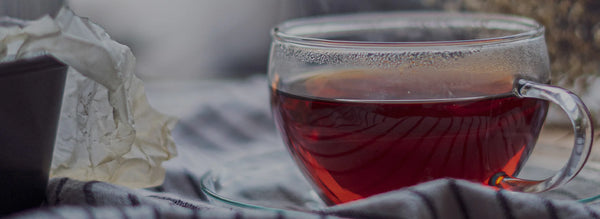How is Tea processed and its classification
All tea is made from a tea plant whose botanical name is Camellia Sinensis. Tea is graded on the appearance of the dry leaves, the colour of the tea liquor and the aroma of the leaves. This grading method is followed in China and is now followed by almost all tea growing countries.
Classification of teas
There are 6 types of tea that can be made from a tea plant “Camellia Sinensis”
White tea, Oolong Tea, Green Tea, Yellow Tea, Black Tea and post fermented tea. What distinguishes each other is the manufacturing process that is carried out.

Tea processing
Depending upon what type of tea is made. The fresh tea leaves can go through two or seven procedures. Each process/procedure is carried out in climate controlled facilities to avoid spoilage due to excess moisture or fluctuating temperatures.
Withering

Withering means wilting of fresh green tea leaves. This is done to reduce the moisture content in the leaves and to allow flavour compounds to develop. Freshly plucked leaves are laid out in multiple troughs and hot air is forced from underneath the troughs, this reduces the moisture content by almost 30% and makes the leaf limp and soft for the rolling process.
The duration of the wither determines the level of caffeine and the flavour. A short wither allows the leaves to retain a greenish appearance and grassy flavour a longer duration wither darkens the leaf which intensifies the aroma.
Fixing (Usually done for Yellow and Green Tea)
Fixing is a process by which heat is administered to make the freshly plucked leaves to be de-enzymed. This prevents the leaves from oxidizing and turning brown. Fixing is carried out via steaming, pan firing, baking or with the use of heated tumblers. When one administers steam, the leaves heat faster than pan firing, as a result, “Steamed tea” has a nice vegetal taste whereas pan fired tea tastes toasty.
Oxidation / Fermentation

Oxidation / Fermentation is a process where browning of the leaves takes place and flavour compounds are intensified. This is done in an area within the factory which is temperature controlled. This is done in large rooms where the temperature is 25-30º C and humidity stands steady at 60-70%. Here, withered and rolled leaves are spread out on long shelves and left to ferment for a fixed period of time, depending on the type of tea being made.
From the moment the tea leaves are plucked, it starts undergoing a chemical reaction as the cells in the leaf is exposed to oxygen. The stage of oxidation/fermentation is most important as the theaflavin and thearubigin begin to develop in the leaves. Theaflavins results in briskness and brightness. Thearubigins gives depth and fullness to the liquor.
Oxidation/fermentation is when the leaf undergoes a transformation, this is when the leaves start exhibiting aroma and taste, this is completely different from the profile of leaves that do not undergo this process.
Lower oxidation teas retain most of their green colour and vegetal characteristics because of lower production of polyphenols.
Semi-oxidized leaf has a brown appearance and produces yellow-amber liquor.
In Fully oxidized tea, the leaves turn blackish brown, the flavour of such tea is brisk and imposing.
Rolling

Rolling is when the processed leaves are shaped into a tight form. Depending up the style of manufacture the leaves are rolled gently to look wiry, kneaded or like rolled pellets. It is during this action that essential oils, juices from the leaf ooze out which enhances the flavour. The more tightly rolled leaves will eventually retain its freshness longer.
Drying
Tea needs to be moisture free. Drying brings down the tea’s moisture content to less than 1%, this enhances the tea’s flavour and shelf life. Drying is usually done in large industrial ovens. The timing of drying is very important as if the leaves are dried too quickly then the leaves can turn abrasive and taste harsh.














